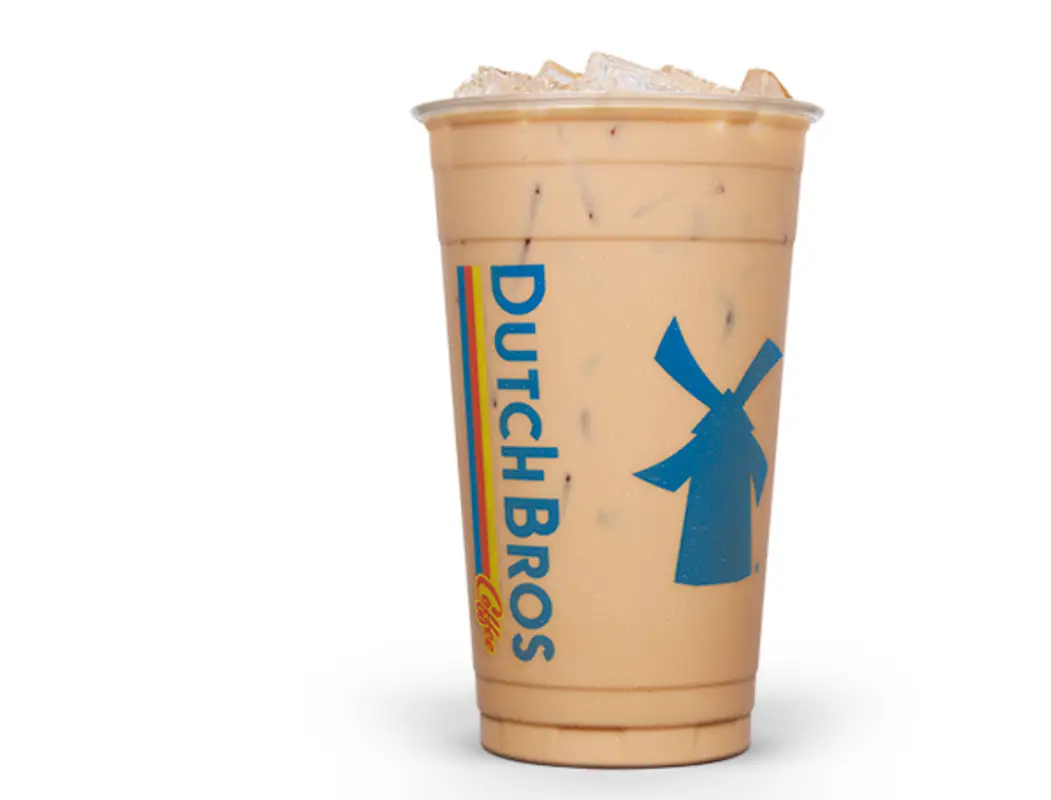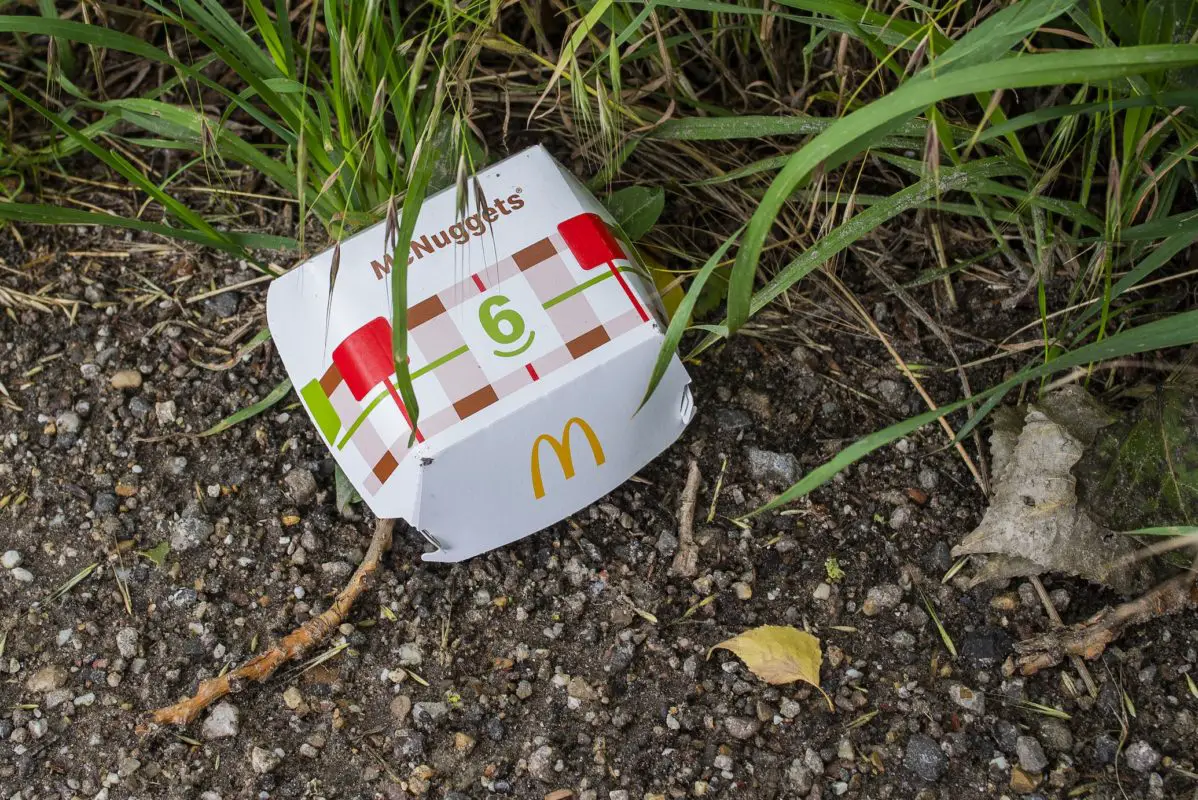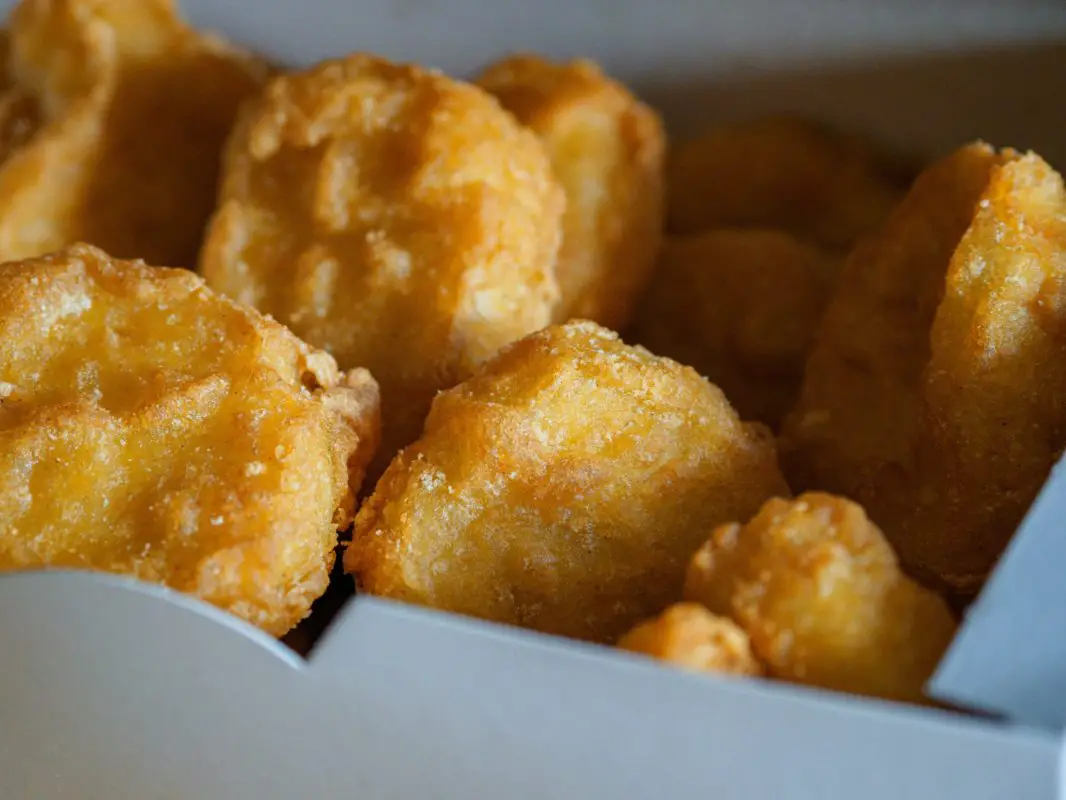For strawberry purée:
- 1 pint strawberries, rinsed and quartered
- ½ cup sugar
- 3 T fresh lemon juice
For ice cream base:
- ½ cup whole milk
- 2 tablespoons tapioca powder or cornstarch
- 2 oz (4 T) cream cheese, softened
- ⅛ t fine sea salt
- 1 ½ cups heavy whipping cream
- ⅔ cup sugar
- 2 T tapioca syrup or light corn syrup (organic, non-GMO versions of both are available at Whole Foods)
- 1 cup full-fat buttermilk
- 1 t real vanilla extract
Notes: 
The original recipe calls for roasting the strawberries whole in a 375° oven for 8 minutes, but I adjusted this for a few reasons, not least of which is, you probably don’t want to turn on your oven in the summer if you can help it! Besides, the berries hardly get “roasted” in 8 minutes, just a little softened. The goal- to evaporate a little of the berries’ water content- can easily be achieved on the stovetop. The recipe makes more purée than you’ll need, but any extra can be used to top the ice cream, or can be frozen for future use in ice creams, smoothies etc.
Directions:
Combine the strawberries and ½ cup sugar in a medium saucepan. Bring to a simmer over medium-high heat, stirring and slightly mashing the berries to dissolve the sugar. Reduce heat slightly to maintain a low simmer and cook for 5-7 minutes to reduce some of the liquid. You don’t want the berries to become jammy, you’re just trying to evaporate some water and concentrate the flavors. Put the berries in a blender with the lemon juice and blend until smooth; set aside in the refrigerator.
In a small bowl, mix about 2 T of the milk with the starch until dissolved. Put the cream cheese and salt in a medium bowl and whisk until smooth. Fill a large bowl with ice and water. (If you’re not in a hurry, you’re welcome to chill your ice cream base in the refrigerator and skip this step.)
Combine the remaining milk, cream, sugar, and syrup in a medium saucepan. Bring to a rolling boil over medium high heat and boil for 4 minutes, watching the pot so it doesn’t foam over. Remove from heat and whisk in starch mixture. Return to a boil and cook, continuing to whisk, until slightly thickened, about 1 minute.
Remove from heat.
Whisk the hot milk mixture with the cream cheese a little at a time until smooth (don’t panic if you have tiny blobs of cream cheese that refuse to incorporate; it won’t affect the final product). Add ⅔ cup strawberry purée, buttermilk, and vanilla and mix well. If using the ice bath, transfer ice cream base to a sturdy zip-top bag and place in the ice bath for 3 minutes, adding ice as needed. If time is not a factor, leave the base in its bowl, cover and refrigerate until thoroughly chilled. Occasional stirring will speed the chilling time.
When the base has fully chilled, put it in your ice cream maker and spin until it begins to pull away from the sides, about 25 minutes. Pack ice cream into a lidded storage container. If desired, drizzle an additional ⅓ cup strawberry purée in as you go to create a ripple effect in the finished product. Press a sheet of parchment or wax paper on top of the ice cream and seal with the lid; freeze for at least 4 hours until completely firm before serving.
Enjoy!
As I write this, it’s 10am and temperatures are already in the mid-80s. I’m sitting outside and there’s a pleasant breeze, but I know I only have about an hour (if I’m lucky) before things become unbearable and I have to take shelter. It’s expected to hit 95° today, and we haven’t yet put our lone window A/C unit in, so I may be spending the remainder of the day in the basement. If things get really bad, I might have to resort to turning into one of those people who write in coffee shops for the day.
These unusual-for-Michigan high temperatures have thrown everything off kilter for produce. Most notably, the fruit trees all blossomed prematurely and the blossoms then got killed off by a frost. For a state with a major fruit-growing industry, things are not looking good: we’ll see little if any apples, cherries, peaches, pears, plums or anything else that grows on a tree.
Despite this setback- one that affects me personally as a small business owner trying to use local produce- there are still several fruits that should still thrive this year, like raspberries, blueberries, currants, gooseberries and of course, strawberries. Strawberry season, which usually starts around this time, has already been going strong for a few weeks, and probably won’t be around much longer. As soon as we were able, in late May, my partner Molly and I went to a U-Pick farm on a beautiful spring morning and picked 60 pounds of the most gorgeous berries I’ve seen in years (see below). Last year’s strawberries were somewhat watery due to a lot of rain, but these were deep red with concentrated, complex flavor.
 In addition to making jam for our business, we each took a few pints for our own personal use. While not much can beat the simplicity of a bowl of sliced berries with a small sprinkling of sugar and maybe a touch of lemon, my favorite thing to do with them other than that is to make ice cream. I had recently checked out Jeni Britton Bauer’s book Jeni’s Splendid Ice Creams at Home from the library, and as someone who makes lots of ice cream, was intrigued by her no-egg method. Rather than make a custard base, she uses a combination of cornstarch, cream cheese and corn syrup to give the proper consistency and scoopability to her creations. I was a bit skeptical at first- I’m trying to limit consumption of GMO corn products- but decided to go ahead with a couple substitutions, using tapioca for the starch and an organic corn syrup. Incidentally, Jeni’s is a cool regional (Columbus, OH) company who generously sent several pints for us to sample at the first annual Gourmet Underground Detroit potluck picnic, which is happening again this Saturday! Everyone loved the Bangkok Peanut, Wild Berry Lavender and other creative flavors.
In addition to making jam for our business, we each took a few pints for our own personal use. While not much can beat the simplicity of a bowl of sliced berries with a small sprinkling of sugar and maybe a touch of lemon, my favorite thing to do with them other than that is to make ice cream. I had recently checked out Jeni Britton Bauer’s book Jeni’s Splendid Ice Creams at Home from the library, and as someone who makes lots of ice cream, was intrigued by her no-egg method. Rather than make a custard base, she uses a combination of cornstarch, cream cheese and corn syrup to give the proper consistency and scoopability to her creations. I was a bit skeptical at first- I’m trying to limit consumption of GMO corn products- but decided to go ahead with a couple substitutions, using tapioca for the starch and an organic corn syrup. Incidentally, Jeni’s is a cool regional (Columbus, OH) company who generously sent several pints for us to sample at the first annual Gourmet Underground Detroit potluck picnic, which is happening again this Saturday! Everyone loved the Bangkok Peanut, Wild Berry Lavender and other creative flavors.




